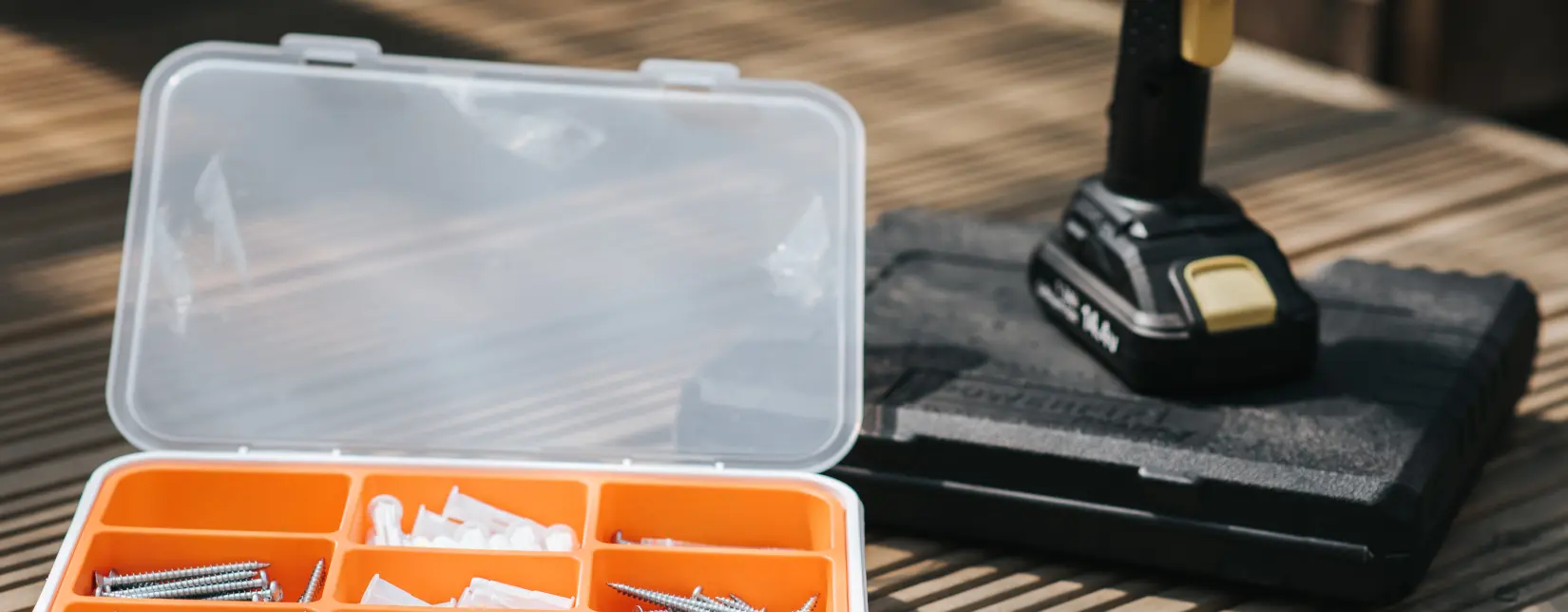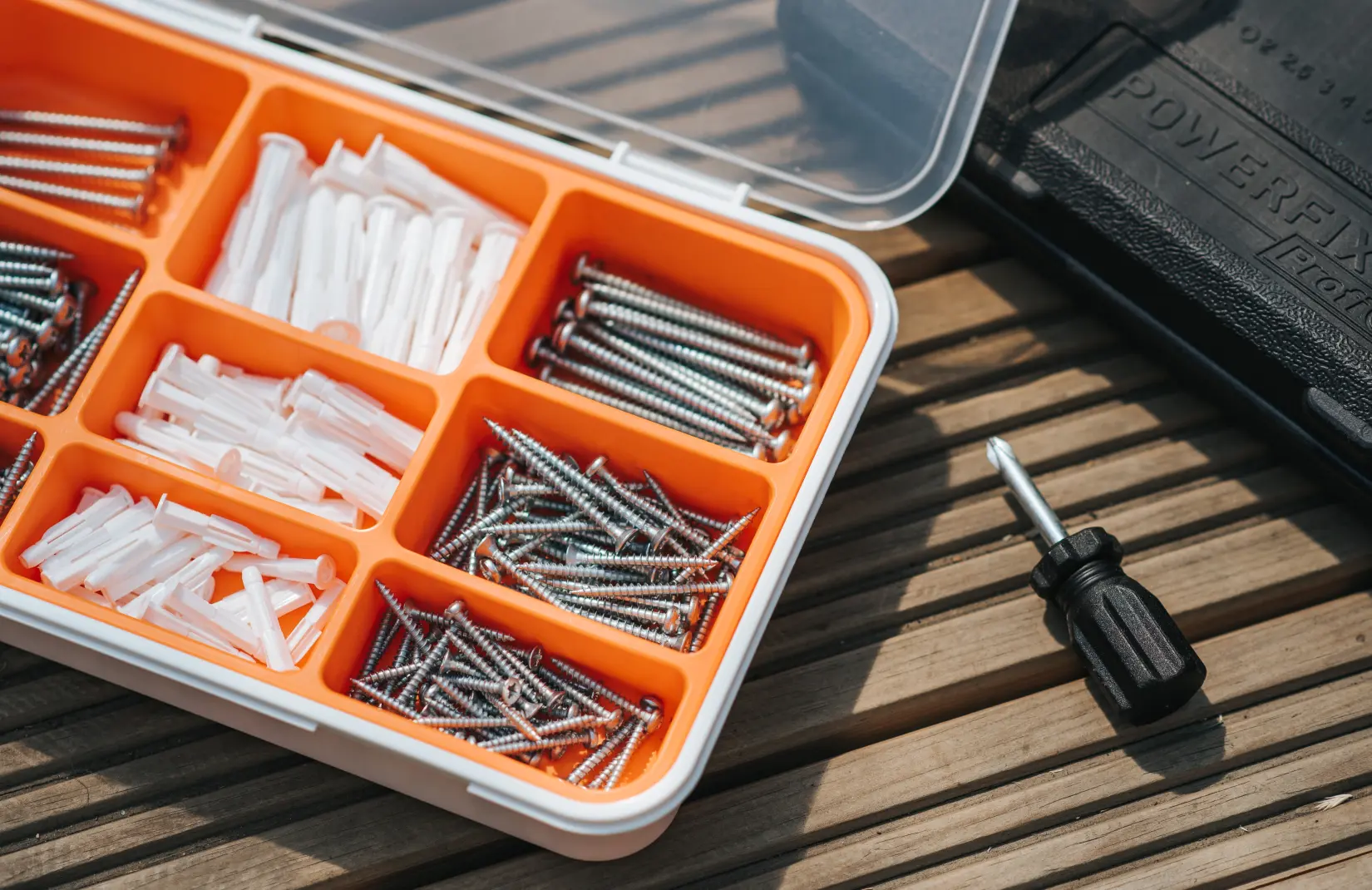
Provisions for maintenance measures
To maintain a property in the long term, regular maintenance measures such as renovations and repairs are necessary. These represent a financial expense for all owners, especially if the costs turn out to be higher than expected. In order to provide for such cases, maintenance reserves are often set aside within condominium owners’ associations. It is important to calculate as accurately as possible when calculating the maintenance reserve. This can prevent the reserve from being too high or too low.

Definition of the maintenance and upkeep reserve
The maintenance reserve is a fixed monthly amount that must be paid by all owners. According to the new Condominium Act, this maintenance reserve is a financial saving that must be used for all construction measures on the common property. The reserve is earmarked for a specific purpose, i.e. it may only be used for such expenditure. The formation of such a reserve avoids higher individual financial burdens for the individual condominium owners. The condominium administrator books the reserve to a separate account. This is in the name of the COA, not the administrator. The community of owners therefore acts as the owner of the reserve.
The ideal amount of the maintenance reserve
The best amount of the maintenance reserve depends on various criteria, including the condition of the property as well as its age and furnishings. There are no legal requirements in this regard; the WEG merely states that the amount must be appropriate. The specifications for social housing can provide guidelines. They contain information on the amount of the maintenance reserve, which is graduated according to the age of a property. The older the property, the higher the maintenance reserve per square meter. If the reserve is too low or too high, the owners can decide to increase or reduce the amount.

Maintenance reserve for apartments: Calculation
Nowadays, the so-called Peters formula is usually used to calculate the appropriate maintenance reserve. Here, the pure production costs are multiplied by 1.5 and then divided by 80 (years). This usually results in a reserve of 65 to 70 percent of all maintenance costs. The result includes the estimated maintenance costs that are likely to be incurred per square meter over the next 80 years. Peters’ formula therefore does not take into account the age of the property, but the construction costs. The reserves are often high when calculated using this formula, so that a larger amount is accumulated as a maintenance reserve. In some cases, it may therefore make sense to use a different calculation basis that takes into account the year of construction and age of a building, for example.
Intended use and possible applications
Financial resources from the maintenance reserve may only be used for measures that serve to maintain the common property. This includes all manual work carried out on the common property, structural repairs and other repairs and renovations, such as elevators, windows and the like. As a general rule, expenses for management costs that are regularly incurred constitute improper use of the maintenance reserve. Use for the payment of insurance, taxes, running costs, janitor or gardener activities as well as for taxes and general maintenance work is therefore not permitted.
Special tax features
From a tax perspective, there are some special features with regard to the maintenance reserve. For example, if it is set up in the form of an interest-bearing investment, all interest earned on it that goes to the owners must be taxed. On the other hand, the real estate transfer tax that a buyer has to pay when purchasing a property is not payable on the amount of the maintenance reserve, provided that it is shown separately on the purchase contract. This means that the reserve can be deducted before taxation. Furthermore, the reserves can only be claimed as income-related expenses if they were also used for maintenance work. In this case, the amount used for repairs and maintenance is deductible in proportion to the respective co-ownership shares.
The homeowners’ association acts as the owner of the reserve for the purpose of maintenance. Although the administrator takes care of the system, it is in the name of the condominium owners’ association, not the administrator.
The amount of the reserve can be calculated using various methods. Decisive factors can be, for example, the condition, fittings and age of the building. If it is too high, the maintenance reserve is repaid to the owner; if it is too low, however, the owners must make additional payments.
The purpose of the repair reserve is precisely defined in the Condominium Act. According to the WEG, reserves are to be used exclusively to cover costs incurred as a result of repairs or renovations to the common property. Other expenses, such as running costs, are not covered and may not be financed from the maintenance reserve.
There is no statutory provision that makes the formation of reserves for maintenance mandatory. There are also no regulations regarding the amount that the condominium uses for the maintenance reserve. Therefore, the majority agreement of the WEG applies.
It is often expected that the maintenance reserve will be repaid to the seller on a pro rata basis in the event of a change of ownership. However, this is not the case, as the financial contributions paid into the reserve belong to the homeowners’ association. However, it is possible to include the amount of the reserve in the purchase price and indirectly obtain payment of the maintenance reserve to the owner. It is best if the reserve is shown separately in the purchase contract, as the buyer then has to pay less land transfer tax.
